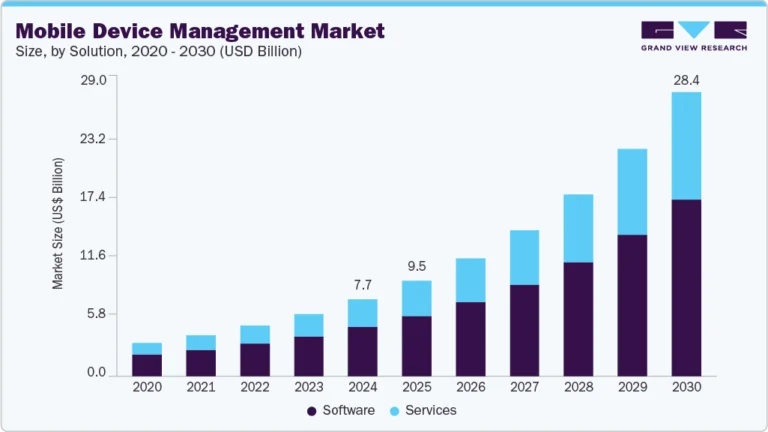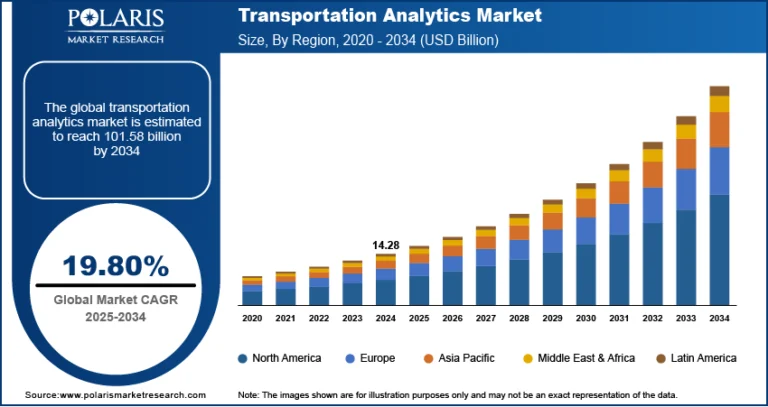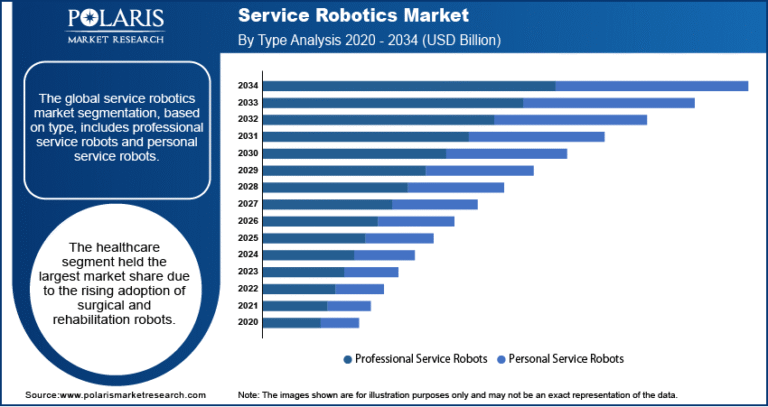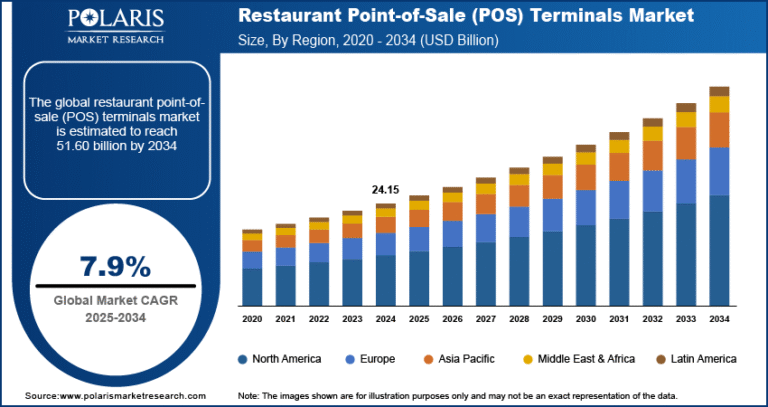Vertical Farming Market Projected to Reach USD 50.78 Billion By 2034, Growing at a CAGR of 19.9%

The global Vertical Farming market size was valued at USD 8.26 billion in 2024 and is anticipated to grow from USD 9.89 billion in 2025 to USD 50.78 billion by 2034 , exhibiting a robust Compound Annual Growth Rate (CAGR) of 19.9% during the forecast period from 2025 to 2034 .
- Rising Demand for Sustainable Agriculture: With increasing concerns about climate change, land scarcity, and food security, vertical farming offers an efficient solution by enabling high-yield crop production in controlled indoor environments with minimal resource usage.
- Adoption of AI, IoT, and Automation Technologies: Integration of smart technologies such as AI-driven analytics, IoT-enabled monitoring systems, and automated lighting and irrigation is transforming vertical farming into a data-centric and highly efficient agricultural method.
- Growth in Urban Population and Indoor Farming Startups: Rapid urbanization has led to increased investments in urban agriculture, particularly in metropolitan areas where traditional farmland is limited, giving rise to a surge in vertical farming startups and innovation hubs.
- Expansion of Hydroponics and Aeroponics Systems: The use of soilless cultivation techniques like hydroponics and aeroponics is gaining traction due to their ability to reduce water consumption by up to 90%, making them ideal for sustainable food production in urban settings.
- Government Support and R&D Investments: Governments across North America, Europe, and Asia Pacific are offering subsidies, tax incentives, and research funding to promote vertical farming as part of national food and environmental sustainability strategies.
- Market Size in 2024 – USD 8.26 billion
- Market Size in 2025 – USD 9.89 billion
- Projected Market Size by 2034 – USD 50.78 billion
- CAGR (2025–2034) – 19.9%
Vertical farming is an advanced agricultural technique that involves growing crops in vertically stacked layers, often within controlled environments such as warehouses or high-rise buildings. This method utilizes cutting-edge technologies including Industrial LED lighting, climate control systems, and precision irrigation to optimize plant growth while significantly reducing land and water usage. As global populations continue to rise and arable land becomes scarcer, vertical farming provides a scalable and sustainable alternative to traditional farming practices. It enables year-round crop production regardless of weather conditions and reduces transportation costs by being located closer to urban centers.
Technological evolution is playing a transformative role in shaping the future of vertical farming. Companies are developing energy-efficient LED grow lights, AI-powered nutrient delivery systems, and cloud-based farm management platforms that allow real-time monitoring and control of growing conditions. These innovations not only improve efficiency but also make vertical farming accessible to small-scale entrepreneurs and urban farmers. Moreover, strategic collaborations between agritech firms and technology providers are accelerating the deployment of end-to-end vertical farming systems globally. As investment in smart agriculture continues to rise, the market is set to experience rapid expansion across both developed and emerging economies.






